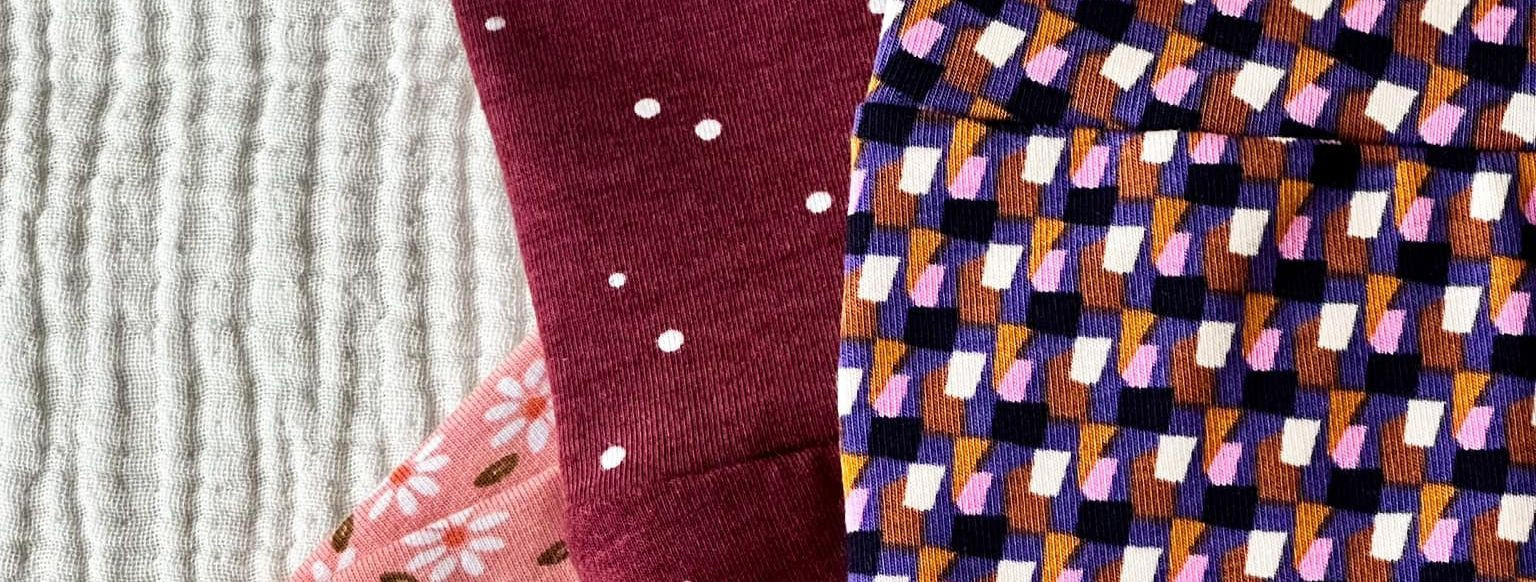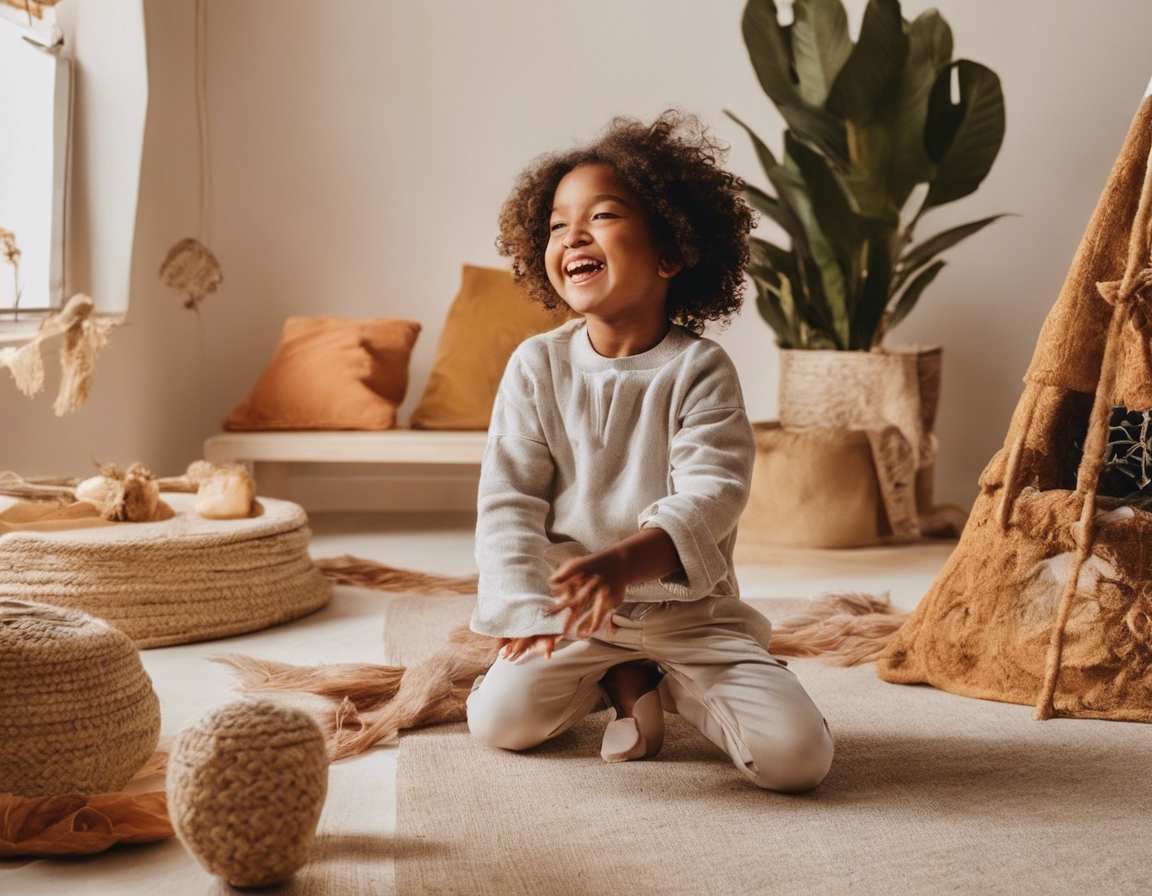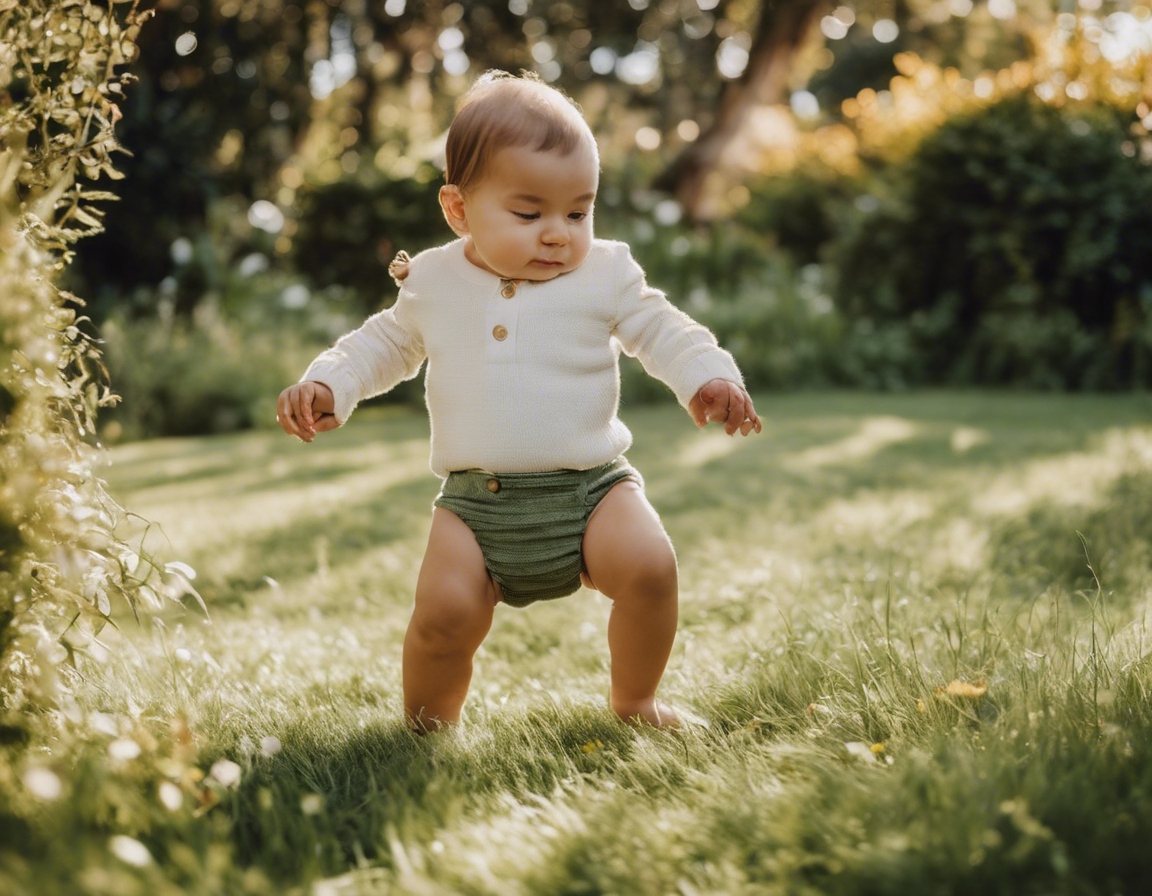The ultimate guide to sustainable children's clothing
Sustainable fashion, also known as eco-fashion, is a movement and process of fostering change to fashion products and the fashion system towards greater ecological integrity and social justice. It involves designing, producing, and consuming clothes that respect the environment and the people involved in the making of the garments.
Children's clothing is often subject to rapid turnover due to growth spurts and the wear and tear of active play. Sustainable children's clothing, made from eco-friendly materials and designed to last, can significantly reduce the environmental impact of our wardrobes and protect our children's health from toxic chemicals commonly found in conventional textiles.
Key Features of Sustainable Children's Clothing
Organic cotton, bamboo, recycled fabrics, and other natural fibers are at the heart of sustainable children's clothing. These materials are grown or produced without harmful pesticides and chemicals, making them safer for the planet and for our children.
Unlike fast fashion, sustainable clothing is made with quality and longevity in mind. Durable garments not only last longer but also encourage a culture of passing down clothes, reducing the need for constant production and consumption.
Children's skin is more sensitive than adults', making it crucial to choose clothing that is free from toxic dyes and finishes. Sustainable clothing brands prioritize safety, ensuring their products are non-toxic and hypoallergenic.
True sustainability extends beyond materials to include the welfare of workers and communities involved in the production process. Ethical brands are transparent about their manufacturing processes and are committed to fair labor practices.
How to Choose Sustainable Children's Clothing
Labels like GOTS (Global Organic Textile Standard), Fair Trade, and OEKO-TEX can help consumers identify garments that meet rigorous environmental and social standards.
Before making a purchase, it's important to research brands to ensure they align with sustainable practices. Look for information on their sourcing, production, and corporate social responsibility initiatives.
Consider how a garment will be used, maintained, and eventually disposed of. Opting for clothing that can be easily recycled or upcycled at the end of its life is a key aspect of sustainable fashion.
Caring for Sustainable Children's Clothing
Proper care can extend the life of sustainable clothing. Washing with cold water, using eco-friendly detergents, and air-drying are simple ways to maintain clothes while minimizing environmental impact.
Encouraging a culture of repair can significantly extend the life of children's clothing. Simple sewing skills or local tailoring services can breathe new life into worn garments.
When clothes can no longer be worn or repaired, recycling them is the most sustainable option. Many sustainable brands offer take-back programs or can guide you on how to recycle their products responsibly.
Leading the Change with Your Purchases
By choosing to buy from sustainable brands, you are voting with your wallet for a greener fashion industry. BRANANA OÜ offers a range of sustainable children's clothing that doesn't compromise on style or quality.
As consumers, we have the power to advocate for change by demanding more sustainable practices from all fashion brands. Engaging in conversations, supporting legislation, and raising awareness can all contribute to a more sustainable future.
Starting with a few key pieces, you can gradually build a sustainable wardrobe for your child that is both eco-friendly and stylish. Investing in versatile, high-quality pieces that can be mixed and matched will serve your child well over time and reduce the need for frequent shopping.






Comments (0)